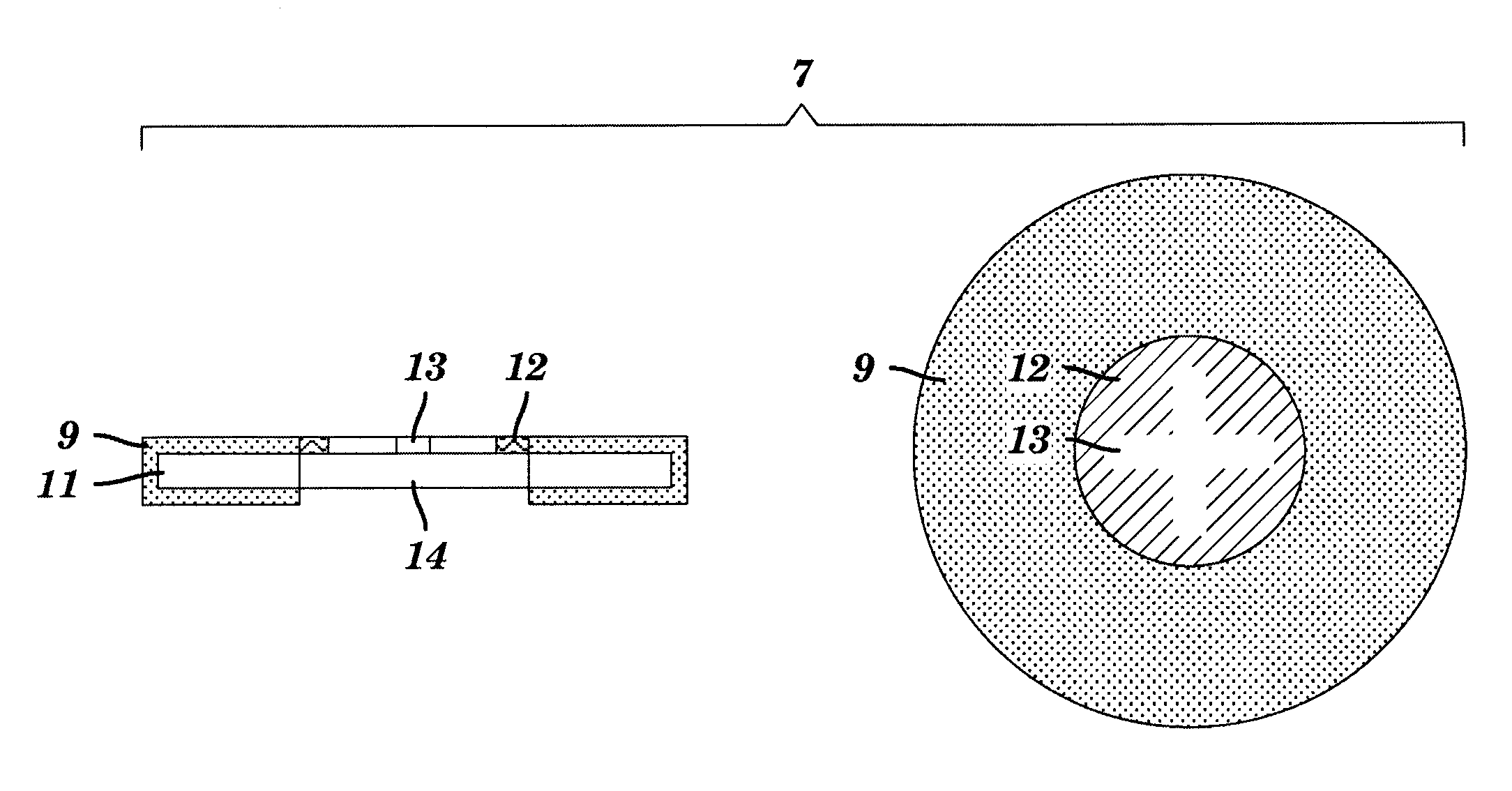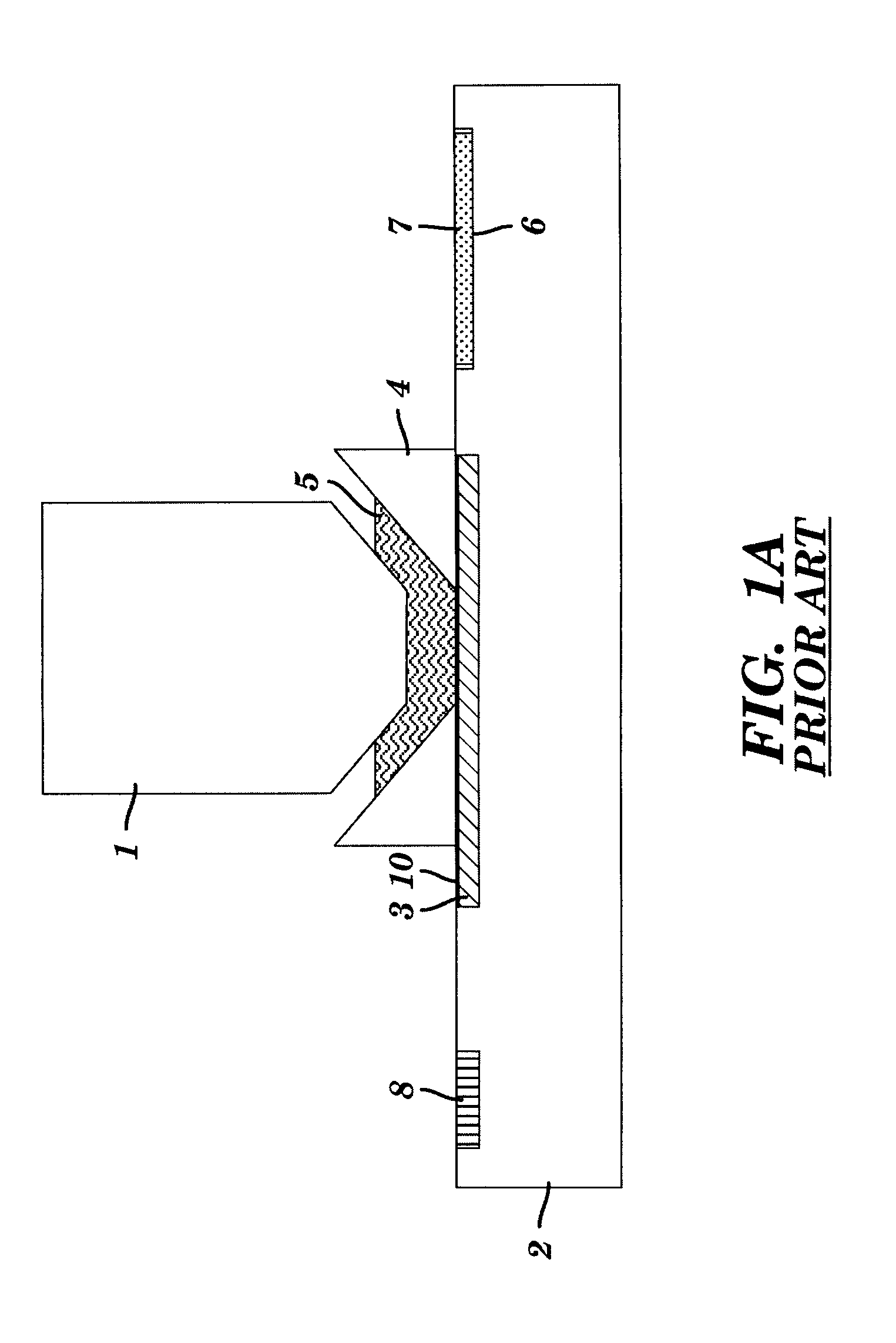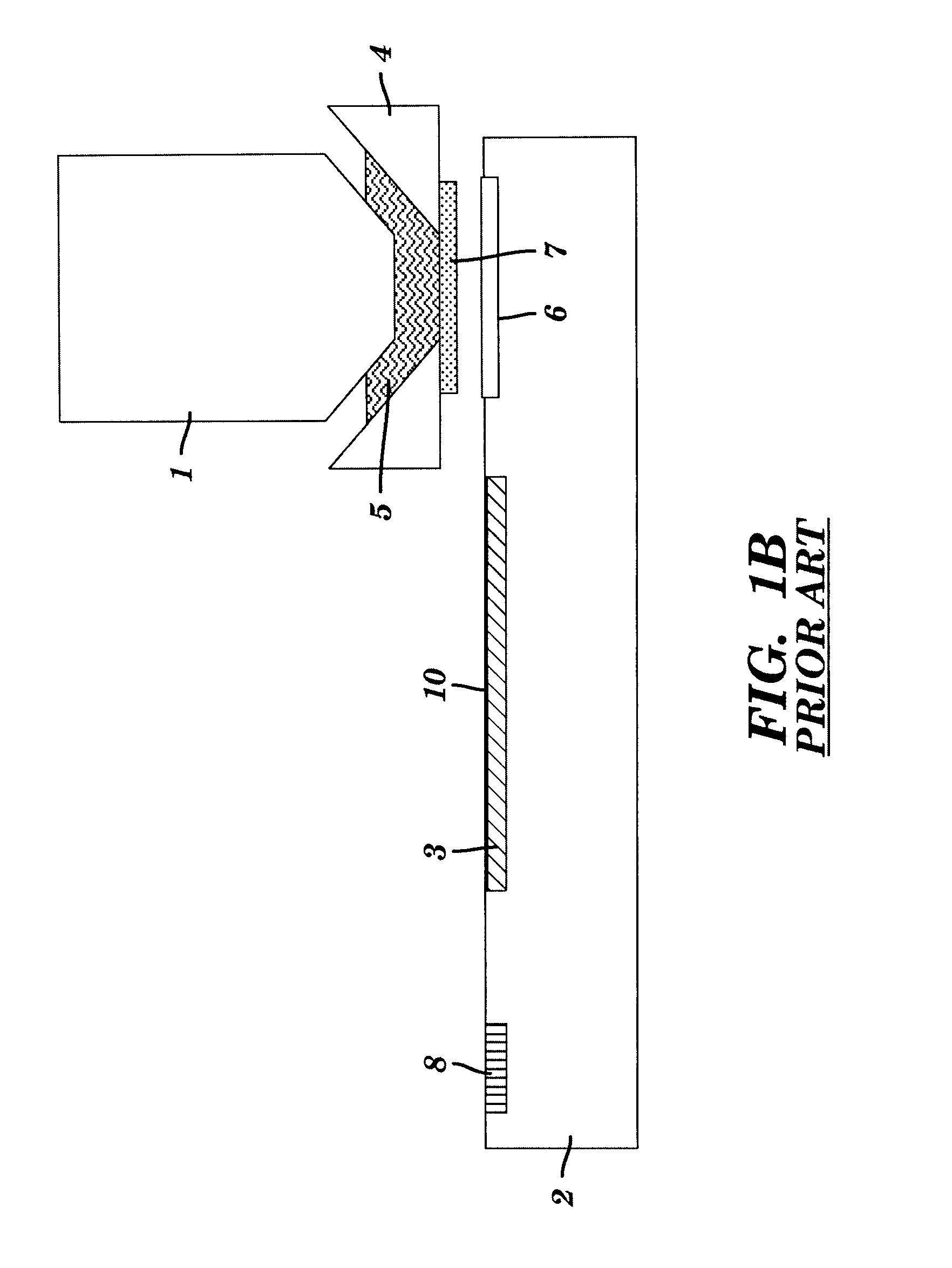Method to reduce mechanical wear of immersion lithography apparatus
a technology of immersion lithography and mechanical wear, which is applied in the field of integrated circuit manufacturing, can solve the problems of reduced yield performance, similar fracture points, and fracture points which may wear and generate particles, and achieve the effect of reducing defects
- Summary
- Abstract
- Description
- Claims
- Application Information
AI Technical Summary
Benefits of technology
Problems solved by technology
Method used
Image
Examples
Embodiment Construction
[0025]The present invention will now be described in greater detail by referring to the following discussion with reference to the drawings that accompany the present application. It is observed that the drawings of the present application are provided for illustrative purposes and thus they are not drawn to scale.
[0026]In accordance with the present invention, a thin, protective, single- or multi-layer coating is provided on the surface of components of an immersion lithography scanner, in particular, where such components may contact other components as well as contact the immersion fluid. For example, the protective coating may be provided on a showerhead, the closing disk or the closing disk receptacle in the wafer stage to reduce wear of the components due to mechanical contact during operation.
[0027]The protective coating is preferably sufficiently thin so as to maintain the surface finish, flatness and mechanical tolerances of components, such as between a closing disk and th...
PUM
| Property | Measurement | Unit |
|---|---|---|
| thickness | aaaaa | aaaaa |
| surface roughness | aaaaa | aaaaa |
| Young's modulus | aaaaa | aaaaa |
Abstract
Description
Claims
Application Information
 Login to View More
Login to View More - R&D
- Intellectual Property
- Life Sciences
- Materials
- Tech Scout
- Unparalleled Data Quality
- Higher Quality Content
- 60% Fewer Hallucinations
Browse by: Latest US Patents, China's latest patents, Technical Efficacy Thesaurus, Application Domain, Technology Topic, Popular Technical Reports.
© 2025 PatSnap. All rights reserved.Legal|Privacy policy|Modern Slavery Act Transparency Statement|Sitemap|About US| Contact US: help@patsnap.com



